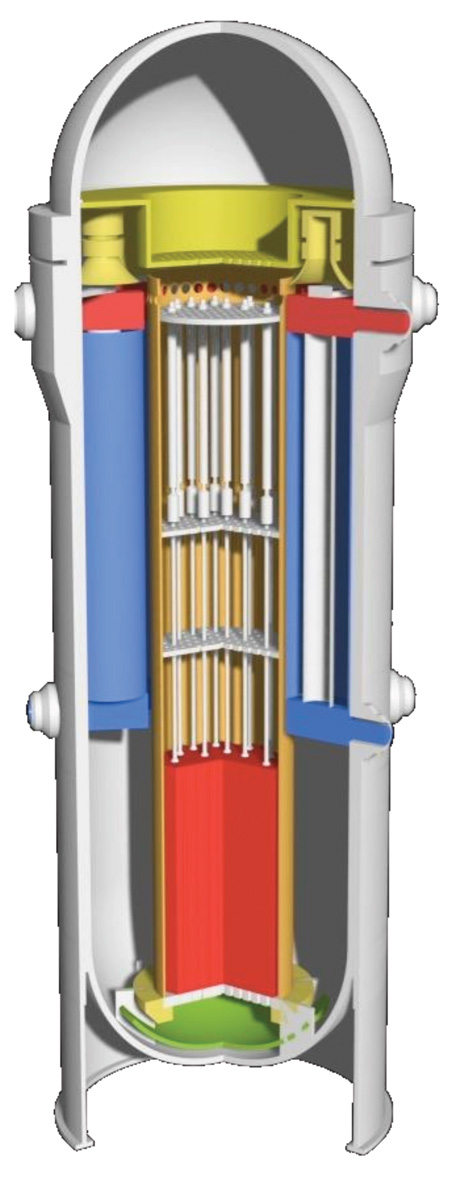There are conflicting forces at work in the global nuclear industry. On the one hand, the disaster at Fukushima has caused some countries to end their use nuclear energy for power generation. On the other hand, other countries have announced bold new initiatives to expand the use of nuclear power generation. Citizens protest against nuclear power while nuclear companies promote its use. There have been many improvements in conventional power reactor designs with the current reactors being built designated as Generation IV. In addition to these conventional reactors, there are groups working on the creation of small, modular, inexpensive and safe reactors generally known as “small modular reactors”. The major question with respect to this new type of power reactor concerns the ability of such reactors to compete in the open energy market. And, even if they may be able to compete in the cost of electricity, will they be enough of a stimulus to reenergize the faltering U.S. nuclear industry?
Last year, the United States Department of Energy announced that they would provide up to four hundred and fifty million dollars of funding for designing the new type of small modular reactors if the companies who received the grants would match the DOE funding dollar for dollar. Last November, Babcock & Wilcox became the first recipient in the new grant program. B&W designs small reactors for nuclear ships and submarines and is working on a one hundred eighty megawatt SMR. The grant program should have enough funds to support certification of several designs for the new reactors. B&W as well as Holtec, Westinghouse Electric and NuScale have already invested hundreds of dollars in design work and testing facilities to perfect the new style reactors.
New tougher regulations on carbon dioxide emissions are causing some utilities that rely heavily on coal for electrical generation to seek another source of power that does not have the carbon footprint of coal. Renewable energy sources such as wind and solar are intermittent and would require additional fossil fuel backup systems which would still emit carbon dioxide. The new modular designs are attractive because in addition to sharply reducing carbon dioxide emissions, they should be cheaper to build, easier to license, require less construction time and be less expensive to operate than the old style reactors which are complex and expensive to build. The old style reactors can cost up to ten billion dollars to build a reactor that will generate one thousand megawatts. In contrast, one of the new style reactors should cost around two billion to generate two hundred megawatts. Power demand is growing slowly in the United States and utilities would rather add a few hundred megawatts at a time than one thousand megawatts.
Existing nuclear reactors have a mandated emergency zone ten miles in diameter. The new type of reactors might be able to get by with as little as a half a mile diameter emergency zone. This would make it possible to site them at locations now occupied by fossil fuel plants. The old style plants are able to keep fuel rods cool for three days without power while the new designs would be able to keep fuel rods cool without external power for weeks, making them much safer.
On the other side of the cost equation, is the fact that there are economies of scale for the old style reactors. They can often be upscaled to generate substantially more electricity without a parallel large increase in capital expense. It is hoped that the new style reactors could be produced in a factory to reduce construction costs. The problem with this approach is that there would have to be a large number of orders for the new reactors in order for the cost savings of factory production to attractive and, giving the soft energy market in the U.S., there is no guarantee that there would be enough orders. Ultimately, the new reactors will have to be able to compete with cheap natural gas for U.S. power generation and they may not be able to.
Small Modular Reactor design from Oak Ridge Laboratory:
